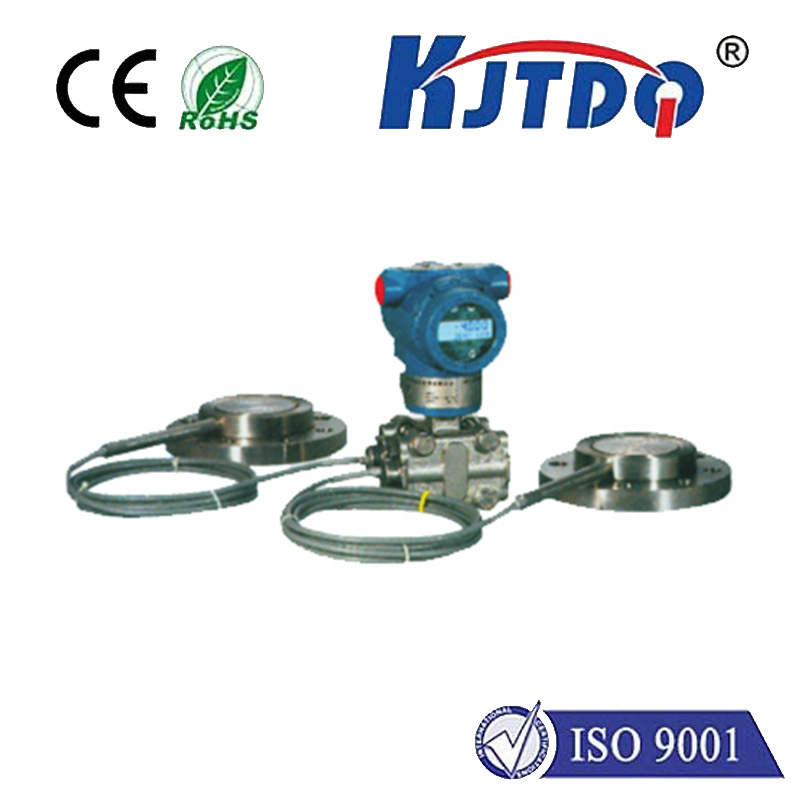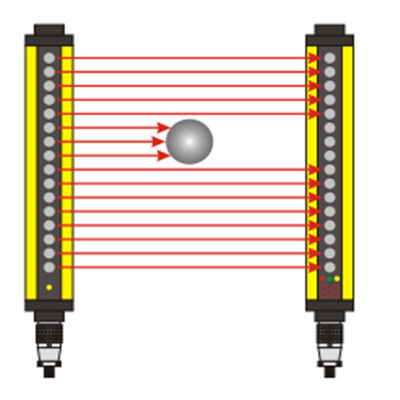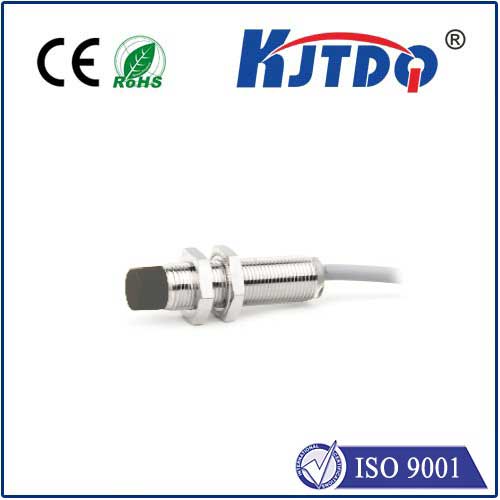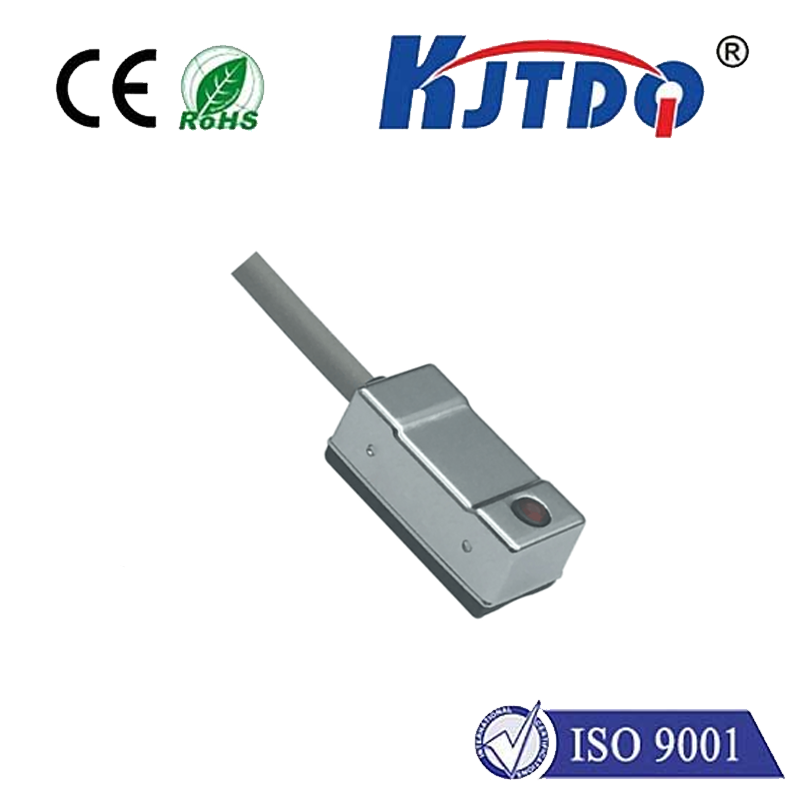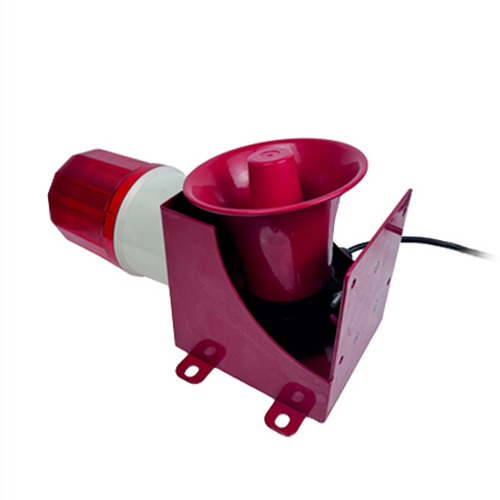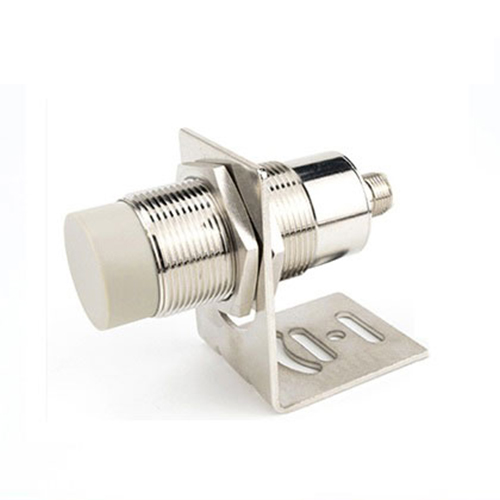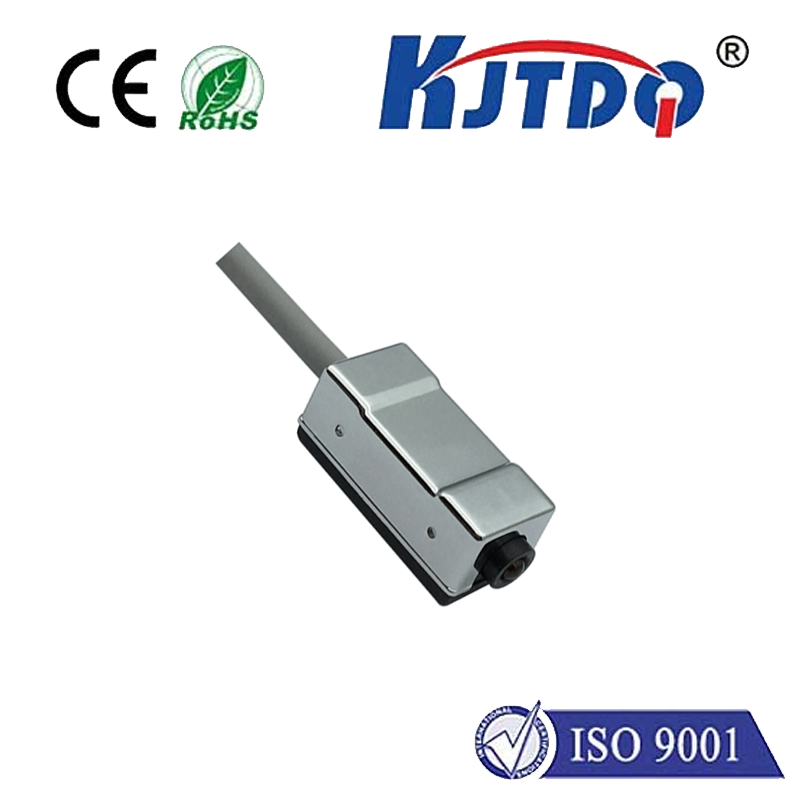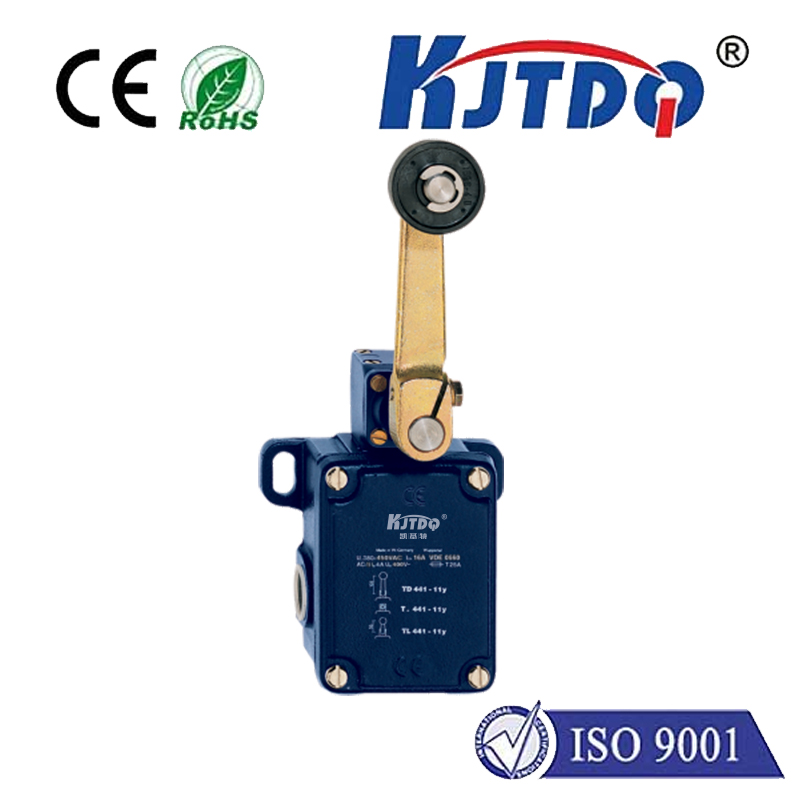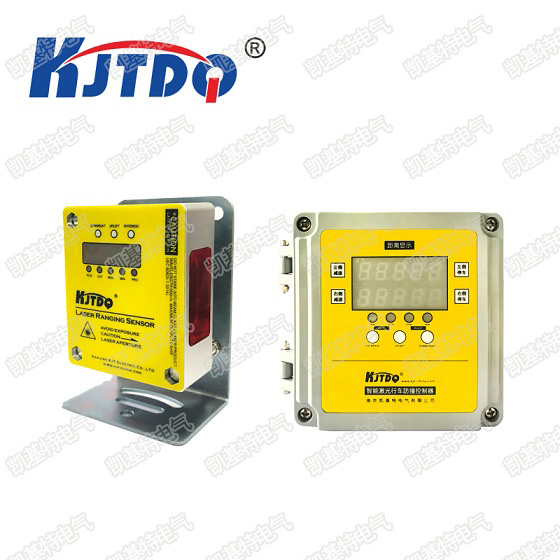grove 80cm infrared proximity sensor
- time:2025-07-10 04:05:51
- Click:0
Unlock Long-Range Detection: Mastering the Grove 80cm Infrared Proximity Sensor
Struggling with proximity sensors that quit working before reaching your desired distance? Tired of false triggers caused by ambient light or complex calibration? If you need reliable, non-contact detection up to 80 centimeters for your robotics, automation, or security project, there’s a powerful and accessible solution. The Grove 80cm Infrared Proximity Sensor bridges the gap between basic short-range sensors and expensive long-range alternatives, offering remarkable performance within the user-friendly Grove ecosystem. This article explores why this specific sensor is a game-changer for makers, engineers, and developers seeking robust mid-range detection.
Understanding Infrared Proximity Sensing
Before diving into this specific module, let’s grasp the core principle. Infrared (IR) proximity sensors work by emitting an invisible beam of infrared light and then detecting the reflection off an object. The sensor calculates distance based on either the intensity of the reflected light (simpler analog sensors) or the time it takes for the light to return (more complex, like time-of-flight). The Grove 80cm sensor utilizes an intensity-based method with a crucial twist for extended range and noise immunity.
What Makes the Grove 80cm IR Sensor Stand Out?
Its headline feature is right there in the name: 80cm (approximately 31.5 inches) detection range. This significantly surpasses the capabilities of most common IR proximity sensors, which typically max out around 10-30cm. Achieving this longer range requires carefully engineered components and modulation:

- High-Power IR LED: Emits a stronger infrared beam capable of traveling further and reflecting back from objects at greater distances.
- Modulated Signal: Instead of emitting a constant IR beam, the sensor rapidly pulses the IR LED at a specific frequency (commonly 38kHz). This modulation acts like a secret handshake for the receiver.
- Tuned IR Receiver: Paired specifically to detect only the modulated frequency (e.g., 38kHz). This ingenious design dramatically rejects interference from ambient infrared light sources like sunlight or incandescent bulbs, which emit unmodulated IR. This immunity is crucial for stable operation in varied environments.
- Precision Optics: The lens design focuses the emitted IR beam and efficiently collects the reflected light onto the receiver, maximizing sensitivity and range.
Key Specifications and Grove Integration
The sensor isn’t just about range; its specifications and form factor make it incredibly practical:
- Operating Voltage: Typically 3.3V or 5V, making it compatible with most microcontrollers (Arduino, Raspberry Pi, micro:bit, etc.).
- Output Type: Digital (Triggered) Output. It provides a straightforward HIGH/LOW signal indicating if an object is detected within its adjustable range. This simplicity makes integration incredibly easy compared to interpreting analog values.
- Detection Range: Adjustable from approximately 10cm up to a robust 80cm, often via a potentiometer on the module.
- Grove Connector: Features the standard 4-pin Grove connector, enabling plug-and-play connectivity with hundreds of other Grove sensors, actuators, and shields. This eliminates complex wiring and soldering, accelerating prototyping and deployment. The Grove ecosystem is a major benefit, especially for beginners and rapid development cycles.
- Compact Design: Small footprint ideal for integration into space-constrained projects.
Practical Implementation: Getting the Most from Your Sensor
Using the Grove 80cm infrared proximity sensor is refreshingly simple:
- Connect: Plug it into any Grove-compatible base shield or interface board connected to your microcontroller (e.g., Arduino Uno, Raspberry Pi Pico, Seeeduino Lotus).
- Position: Mount the sensor securely, ensuring its detection ‘field of view’ is correctly aligned.
- Adjust: Use the onboard potentiometer to fine-tune the detection threshold. Turn clockwise to increase sensitivity (detect objects further away), counter-clockwise to decrease it (require objects to be closer). Calibration is key – test with objects at your desired trigger distance.
- Code: Read the digital output pin in your microcontroller code. A simple
digitalRead() (Arduino) or equivalent command in other environments tells you if an object is present (HIGH) or not (LOW).
Critical Considerations for Optimal Performance
To ensure your 80cm infrared proximity sensor delivers reliably:
- Surface Reflectivity: Performance varies significantly. Shiny, white, or light-colored objects reflect IR light well, maximizing range. Dark, matte, or non-reflective surfaces (like black fabric) absorb IR light, drastically reducing the effective detection distance. Expect reduced range on dark objects.
- Environmental IR: While modulation provides excellent rejection, extreme direct sunlight hitting the sensor directly can occasionally cause false triggers or inhibit detection. Positioning the sensor to minimize direct sun exposure helps significantly.
- Angle of Incidence: Objects directly in front of the sensor (< 15-degree angle) provide the strongest reflection and longest range. Objects approached at steep angles reflect less light back to the sensor, reducing the detection distance.
- Dust and Obstructions: Keep the lens clean. Dirt, dust, or physical obstructions will impair function.
Diverse Applications Leveraging the 80cm Range
The 80cm detection capability opens doors to applications impossible with shorter-range sensors:
- Robotics: Perfect for robot obstacle avoidance at safer distances, allowing more reaction time. Enables wall-following, cliff detection, and object presence checks in larger robot designs.
- Industrial Automation: Detecting objects on conveyors further upstream, verifying the presence of pallets or large items, triggering processes as items approach a workstation.
- Interactive Installations: Creating exhibits that respond as people approach from a noticeable distance, enhancing user experience.
- Security Systems: Acting as an entryway trigger or presence detector for lights/security cameras over a wider area than PIR sensors typically cover directly in front of a door.
- Smart Parking: Detecting vehicle presence in parking spots or garage spaces.
- Inventory Management: Monitoring the presence of large boxes or items on shelves.
- Automatic Doors/Gates: Triggering opening mechanisms as a person or vehicle approaches within the generous 80cm range.
Why Grove? The Ecosystem Advantage
Choosing the Grove 80cm IR proximity sensor isn’t just about the sensor itself; it’s about embracing the Grove system’s simplicity and power. For developers, educators, and companies prototyping rapidly:
- Zero Wiring Hassles: The 4-pin connector eliminates jumper wires and potential connection errors.
- Massive Compatibility: Seamlessly integrates with countless other sensors, displays, motors, and controllers in the Grove family.
- Rapid Prototyping: Drastically reduces development time, letting you focus on functionality rather than hardware setup.
- Reliability: Standardized connectors and interfaces ensure robust connections.
The Grove 80cm Infrared Proximity Sensor delivers a compelling combination: significant long-range detection up to 80cm, robust sunlight immunity thanks to modulated IR












